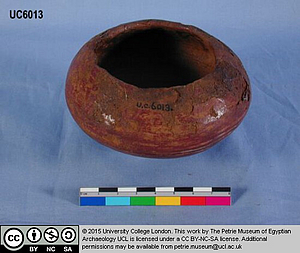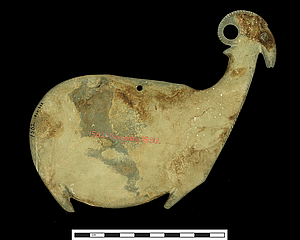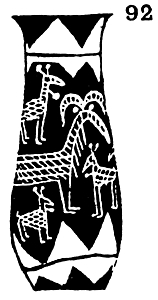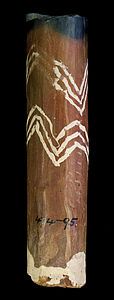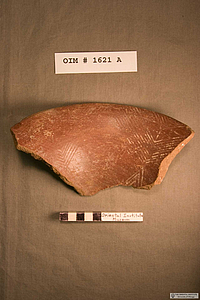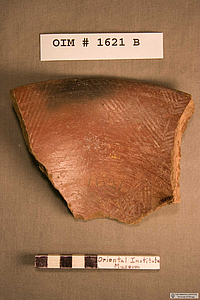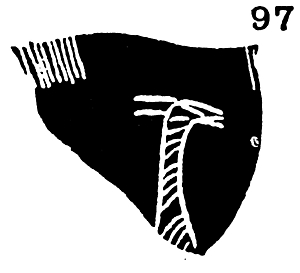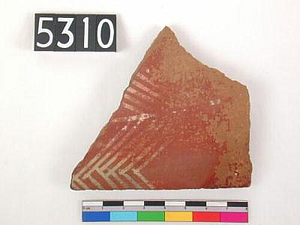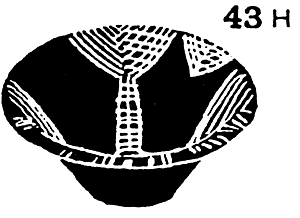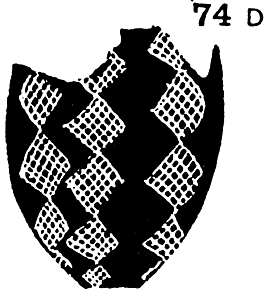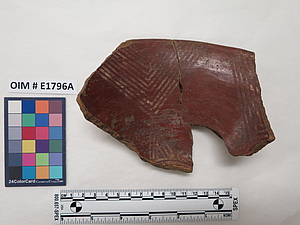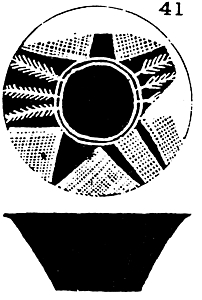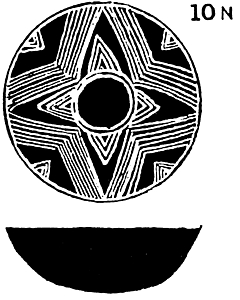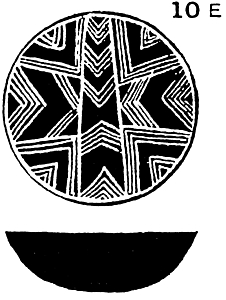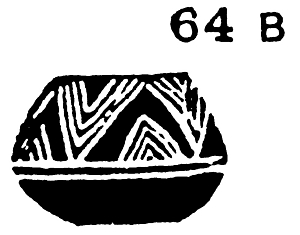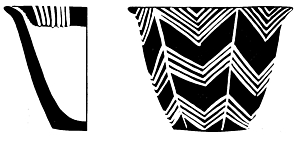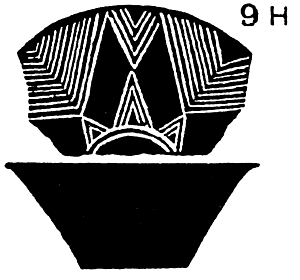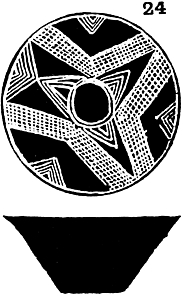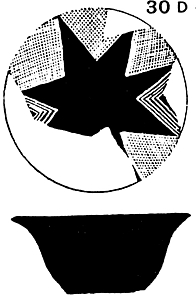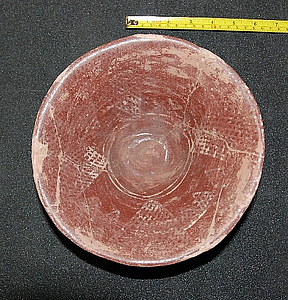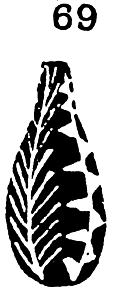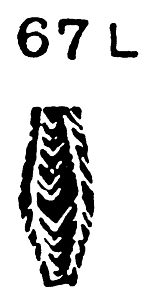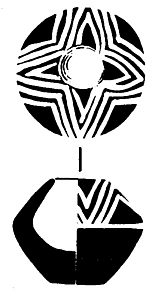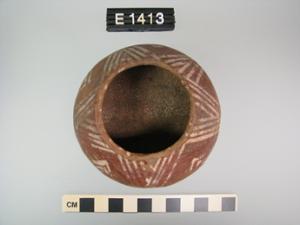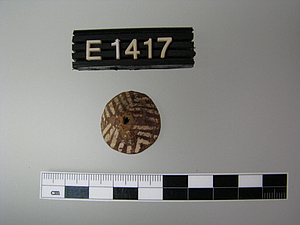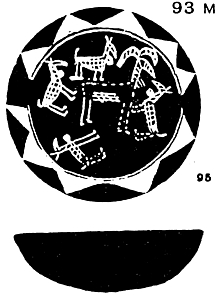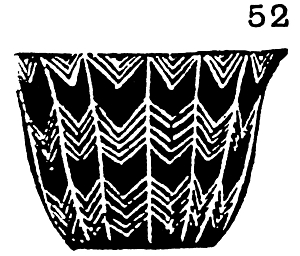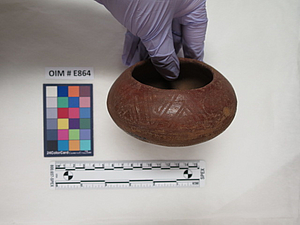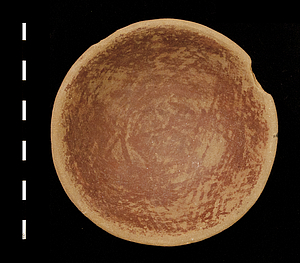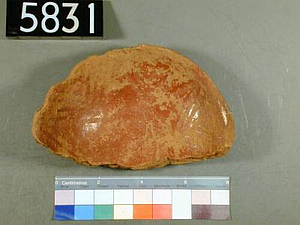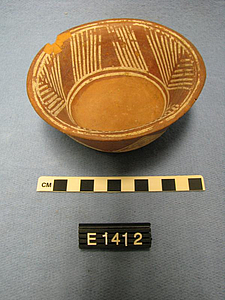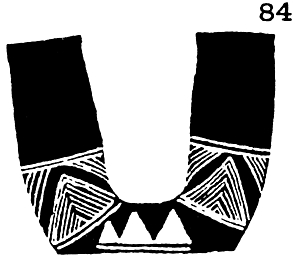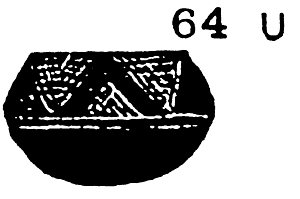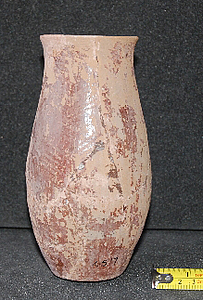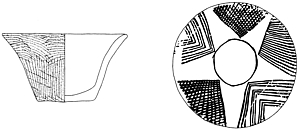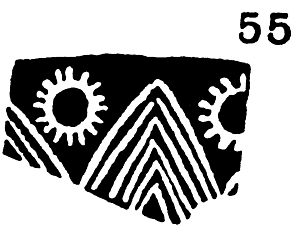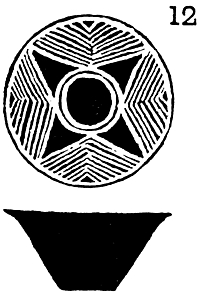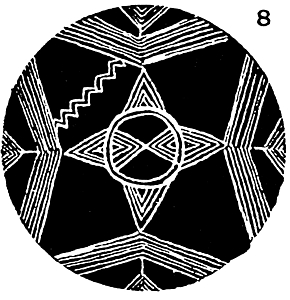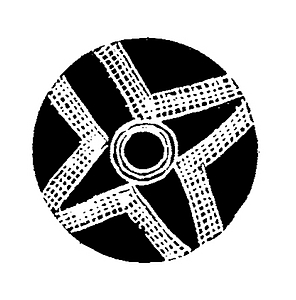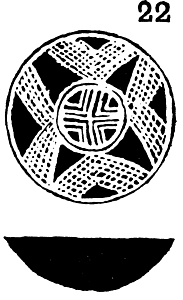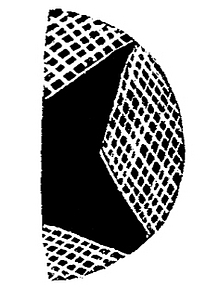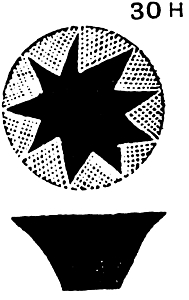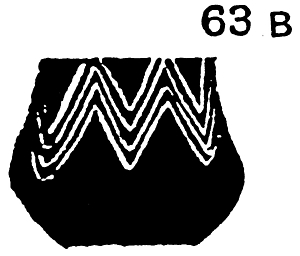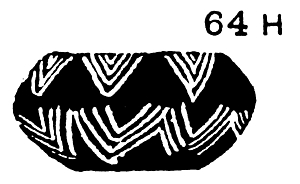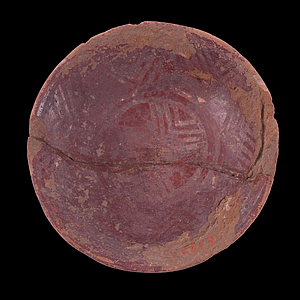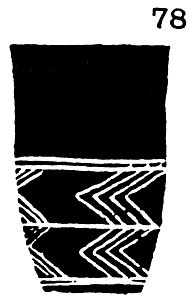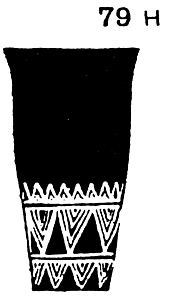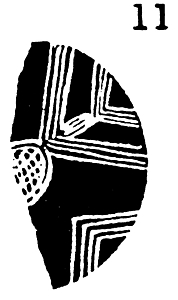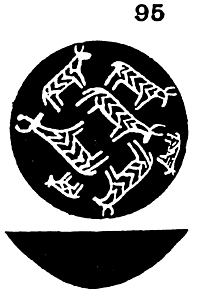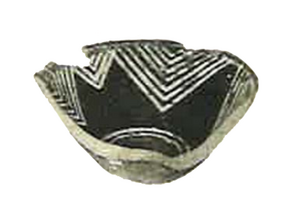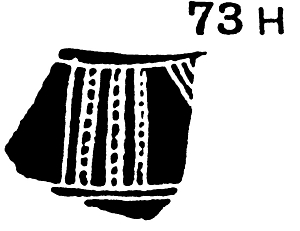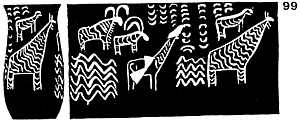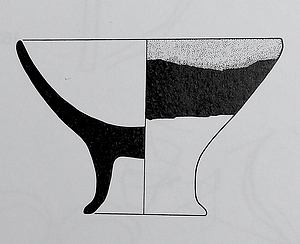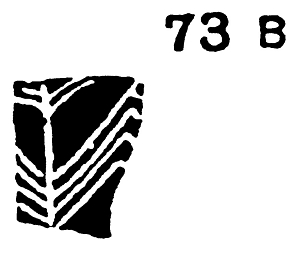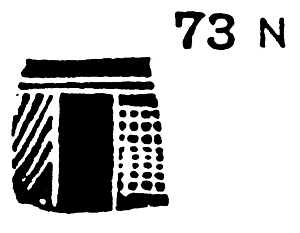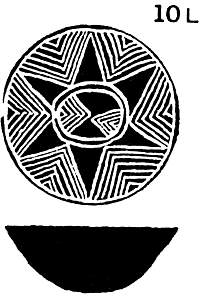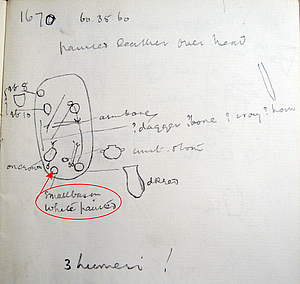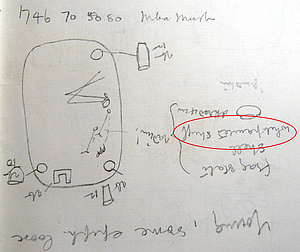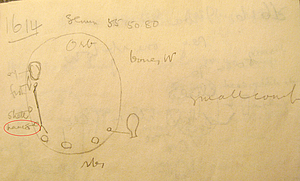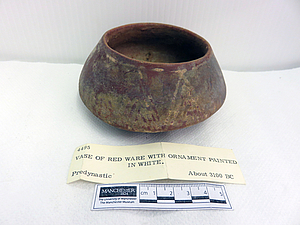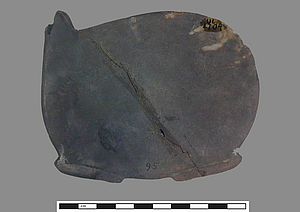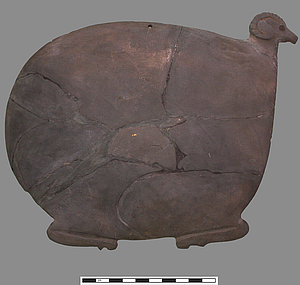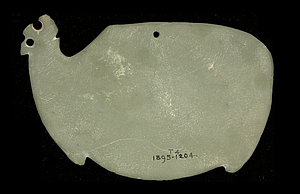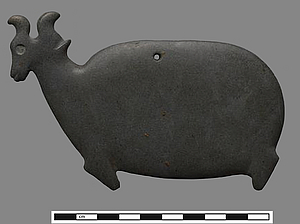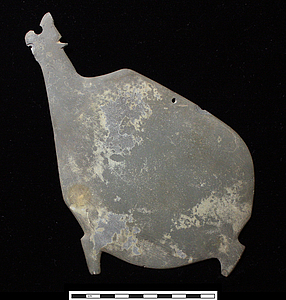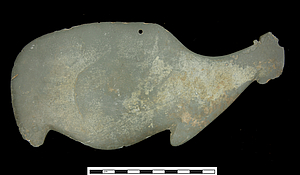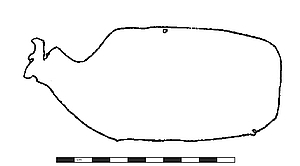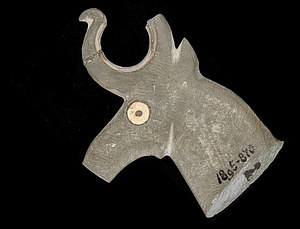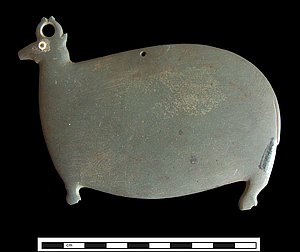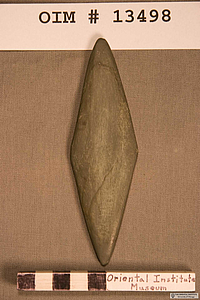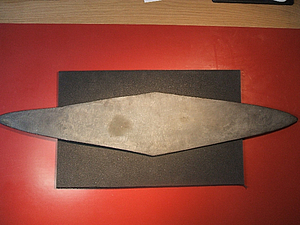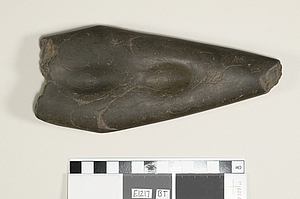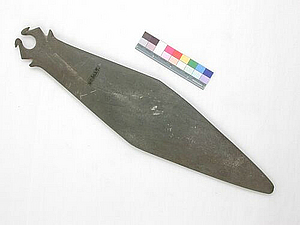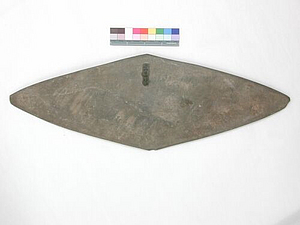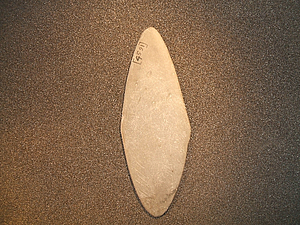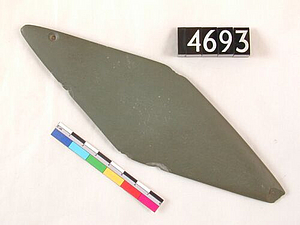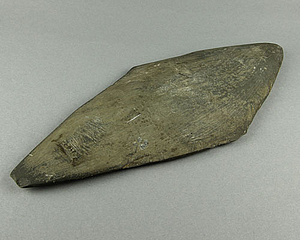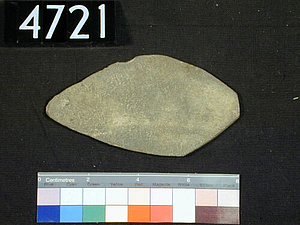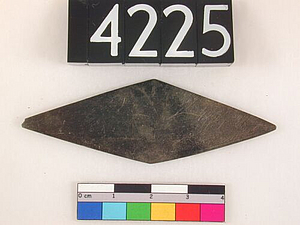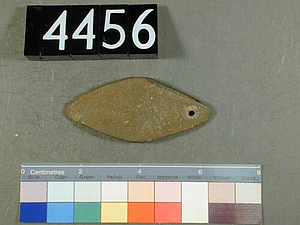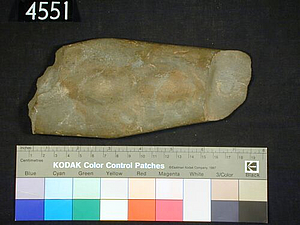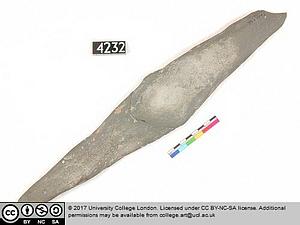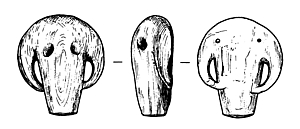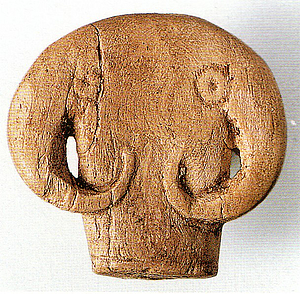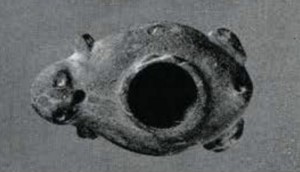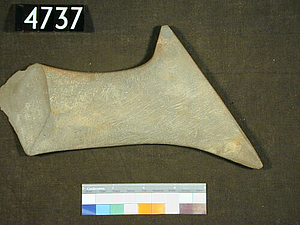Naqada
Naqada is a term that refers to a large archaeological area with several distinct localities having been named as such by different excavators. The main work on predynastic remains in the region was carried out by William M.F. Petrie; the significance of his discoveries led to the phases of the predynastic relative chronology currently used to named after this site. This famous site has attracted many archaeologocial missions over the decades and it is not easy to get a clear picture of who worked exactly where. The list below is mostly indicative and should not be considered exhaustive nor definitive.
The first recorded excavation at "Naqada" was led by Gaston Maspéro in 1882 at a cemetery ‘opposite’ Qus. Although the exact location of Maspéro’s work was not recorded and remains unknown, it was likely to the south of Petrie’s area.
In 1894–1895, William M. Flinders Petrie and James E. Quibell directed two missions in the region of Naqada, which represent to this day the most important archaeological work ever carried out there. Quibell's work, supported by the Egypt Research Account, concentrated in the northern part of the region, while Petrie, supported by private donors, worked independently nearer the village of Kom Billal, a few kilometers north of Naqada. In just over two months, more than 2,300 burials dating to the Predynastic and Early Dynastic periods were excavated in the Great Cemetery (or Cemetery N, at least 2087 tombs, near two large tumuli), Cemetery B (at least 148 tombs), Cemetery T (at least 70 tombs), and Cemetery G. Petrie also investigated the "South Town" and the temple of Nubt.
In 1896–1897, Jacques de Morgan excavated an early royal mastaba tomb in a different area, which he also called ‘Naqada’. This mastaba is located due west of the village of Naqada.
In 1904, John Garstang conducted fieldwork on the early tombs in the vicinity of the Royal Mastaba.
On the 17th and 18th February 1958, Werner Kaiser returned to this area, which he preferred to name Tukh / Ombos. He briefly surveyed the region and produced a map that includes the sites excavated by Petrie and Quibell (note that "Petrie's New Race cemetery" (no. 1 on the map) refers to the cemetery excavated by Quibell at Ballas); he numbered the different wadis I to VI (see Kaiser, W. 1961. Bericht über eine archäologische-geologische Felduntersuchung in Ober- und Mittelägypten. MDAIK 17: 1–53).
In 1968, the Combined Prehistoric Expdition, led by Fred Wendorf and Romual Schild surveyed the Palaeolithic sites of the region, and noted one predynastic site (E71C1; see Wendorf, F. & Schild, R. Prehistory of the Nile Valley. New York: 100).
In 1975–1981, Fekri A. Hassan returned to site E71C1 with Thomas R. Hays and intiated the "Predynastic of Naqada Project". That site was renamed KH1, the abbreviation standing for 'Khattara'. In all, five seasons took place until 1981, during which a number of smaller Predynastic sites were investigaed (KH1 to KH7, early predynastic 'amratian' sites). These may potentially overlap with sites noted and investigated by Jacques de Morgan and John Garstang).
In 1977–1986, the area was investigated by the Italian Archaeological Mission of the then 'Istituto Universitario Orientale' of Naples, under the direction of C. Barocas, R. Fattovich and M. Tosi. This work concentrated mostly on settlement remains in Petrie's "South Town". They confusingly used the toponym of Zawayda, which otherwise refers the settlement area excavated by James Quibell: the "North Town".
Since 2018, the Naqada Regional Archaeological Survey and Site Management Project conducts surveys in the region of Naqada.
Archaeological activity :
1882: G. Maspéro excavation;
1894–1895: W.M.F. Petrie excavation;
1896–1897, J. de Morgan excavation;
1904: J. Garstang excavation;
1958: W. Kaiser survey;
1968: Combined Prehistoric Expdition survey;
1975–1981: Predynastic of Naqada Project;
1977–1986: Italian Archaeological Mission excavation;
2018–present: Naqada Regional Archaeological Survey and Site Management Project.
